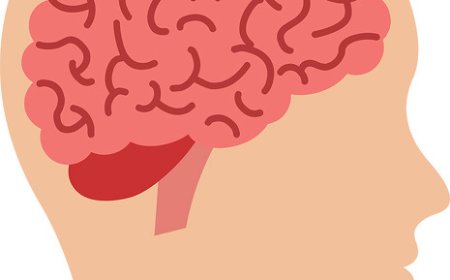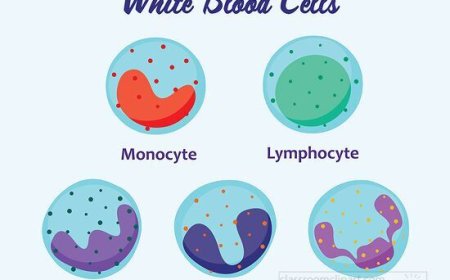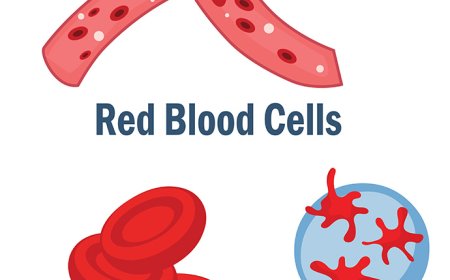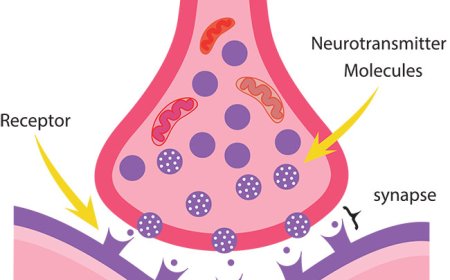The Spinal Cord and Nerves: How the Body Sends Messages
Discover how the spinal cord and nerves work with the brain to send and receive messages. Learn how this system controls everything from movement to sensation.

🧠 Introduction: The Body’s Fastest Messenger System
Your brain is the control center of your body—but it couldn’t do its job without help. That help comes from the spinal cord and nerves, which together form your body’s messaging network, called the nervous system.
Every thought, movement, and sensation you have starts with a message. These messages travel back and forth between the brain and the rest of the body at lightning speed. Whether you’re picking up a pencil, jumping out of the way of a bug, or simply feeling the warmth of the sun, your spinal cord and nerves are hard at work.
🧩 What Is the Spinal Cord?
The spinal cord is a long, tube-like structure made of nerves and cells. It stretches from the base of the brain down the center of your back. It is protected by bones called vertebrae, which form the spine. Inside this bony spine, the spinal cord stays safe while it carries important messages to and from the brain.
The spinal cord is kind of like a high-speed internet cable:
- It sends instructions from the brain to the body
- It receives information from the body and delivers it to the brain
- It also controls reflexes—fast reactions that happen without thinking, like pulling your hand away from something hot
Your spinal cord contains millions of neurons (nerve cells), and these work together with your brain to control every part of your body—from your heart and lungs to your toes and fingertips.
🌐 What Are Nerves?
Nerves are thin bundles of long nerve fibers that branch out from the spinal cord and travel to every part of your body. There are three main types of nerves, and each one has a special job:
Sensory nerves – Bring messages from the body to the brain
These help you feel heat, cold, pain, pressure, and touch
Motor nerves – Carry messages from the brain to the muscles
These control movement, like waving your hand or kicking a ball
Autonomic nerves – Handle automatic body functions
These control things like heartbeat, digestion, and breathing
Nerves are like wires—but instead of electricity, they carry electrical signals created by your body. These signals move so quickly that you can react to something (like stepping on a rock) almost instantly.
🧠 How Messages Travel
The nervous system works like a super-fast delivery service. Messages travel along neurons using electrical impulses and chemical messengers.
Here’s how the process works:
- You touch something (like a cold surface)
- Sensory nerves in your skin send a signal through your spinal cord to your brain
- Your brain quickly processes the signal: “That’s cold!”
- Then your brain sends a message back through your motor nerves: “Move your hand!”
- All of this happens in less than a second
Sometimes, the spinal cord doesn’t even wait for the brain. It handles reflexes on its own to protect you quickly—like when your leg kicks during a doctor’s knee tap or when you flinch from a sharp poke.
🧠 Vocabulary List
Spinal cord A thick bundle of nerves that runs down your back and connects to the brain
Nerves Thin fibers that send messages to and from the brain and body
Neuron A nerve cell that carries electrical signals
Reflex A quick, automatic response to something that may be harmful
Sensory nerve Sends messages from your senses to your brain
Motor nerve Carries signals from your brain to your muscles
Autonomic nerve Controls automatic actions like heartbeat and digestion
Vertebrae The bones that protect the spinal cord and form your spine
Impulse An electrical signal sent through a nerve
Nervous system The system made of the brain, spinal cord, and nerves that controls the body
⭐ Kid-Friendly Summary
Your spinal cord and nerves work with your brain to send and receive messages all over your body. The spinal cord runs down your back and is protected by bones. Nerves branch out from the spinal cord and help you move, feel, and stay alive by controlling your muscles, senses, and automatic functions like breathing. This messaging system is super fast—faster than a race car! Your body depends on it to work, move, and stay safe every day.
🤯 Fun and Interesting Facts
- Some nerve signals travel as fast as 250 miles per hour—faster than a cheetah!
- You have over 100 billion neurons in your nervous system.
- The spinal cord is only about 18 inches long but it carries messages to your whole body.
- A reflex happens faster than your brain can think—that’s why you can react before you feel pain.
- Nerve cells can be as small as a pinhead or as long as your leg!
❓ Interactive Quiz: Signal Check!
1. What is the main job of the spinal cord?
A. To help you eat
B. To pump blood
C. To send and receive messages from the brain
D. To protect your heart
2. What do sensory nerves do?
A. Move your muscles
B. Help you feel things like heat and cold
C. Make you hungry
D. Help you breathe
3. What protects your spinal cord?
A. Muscles
B. Skin
C. Lungs
D. Vertebrae
4. What kind of message is a reflex?
A. A slow thought
B. A memory
C. A fast automatic response
D. A dream
5. What are nerves made of?
A. Bones
B. Hair
C. Neurons and fibers
D. Muscles





















































